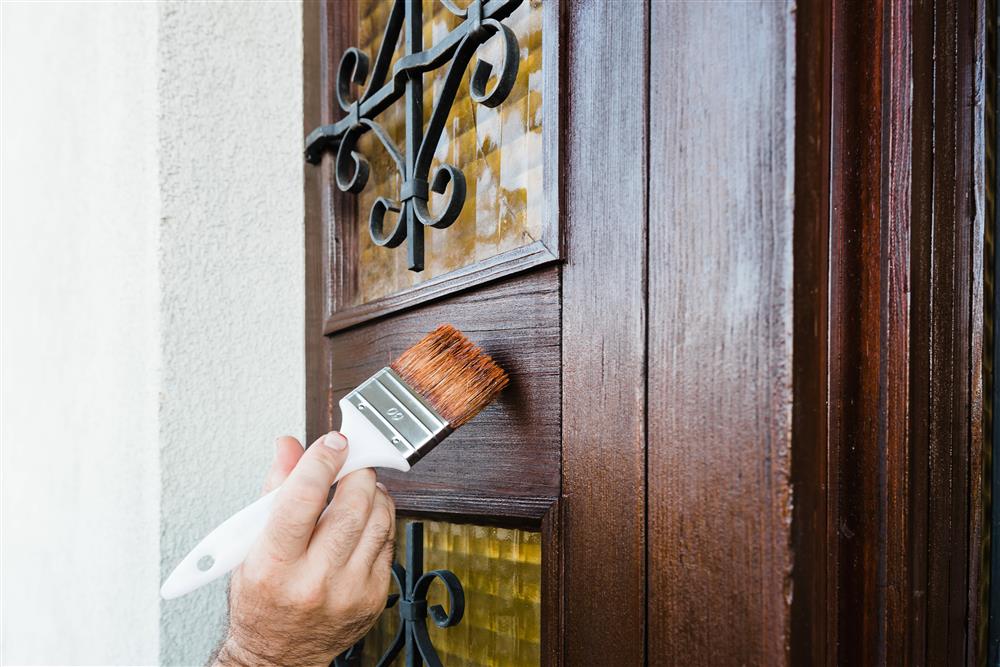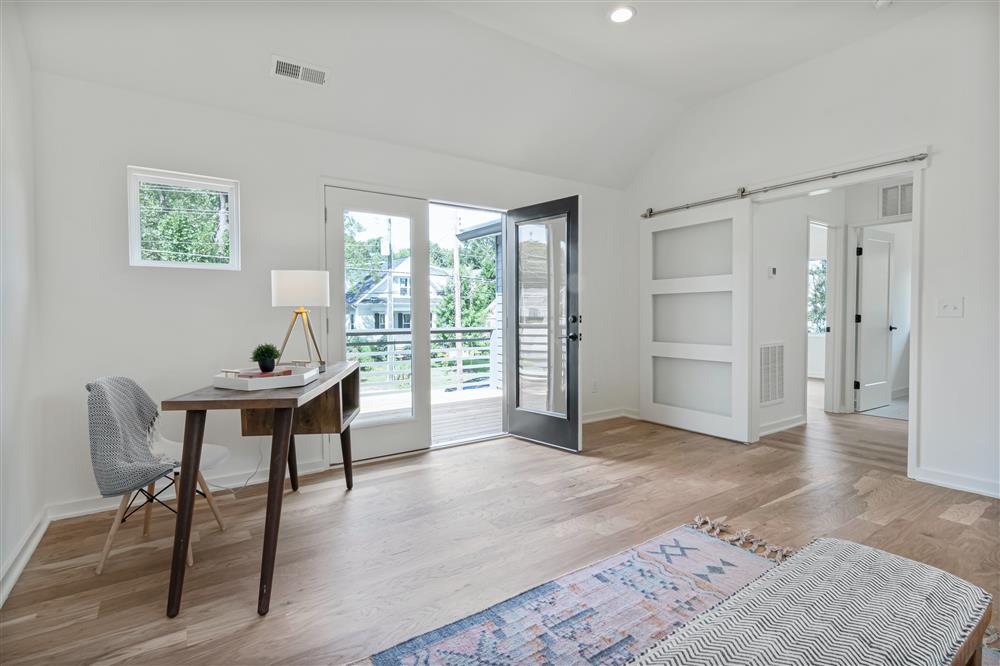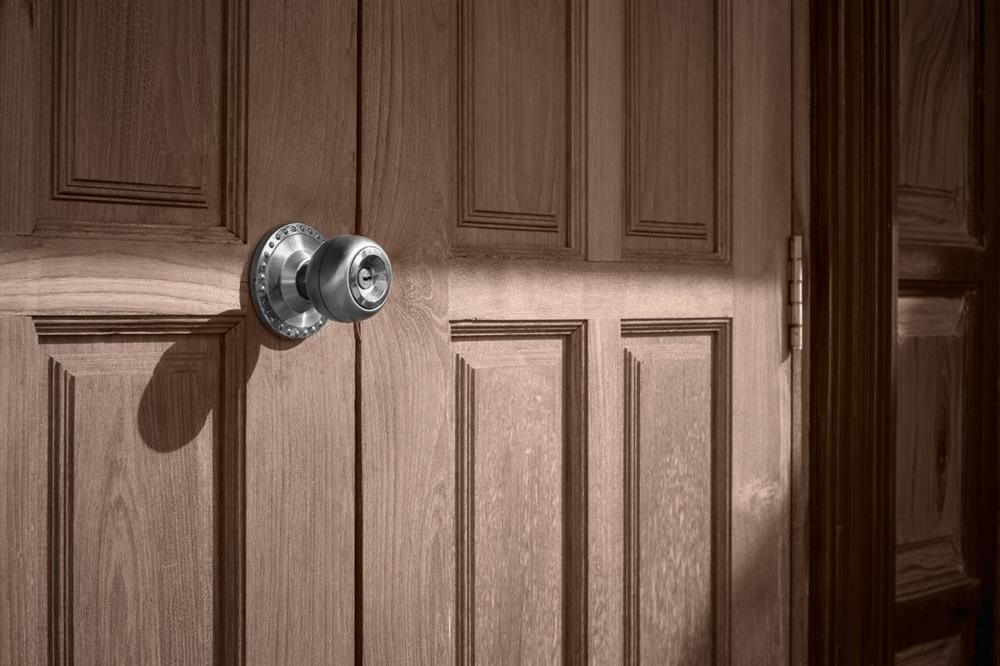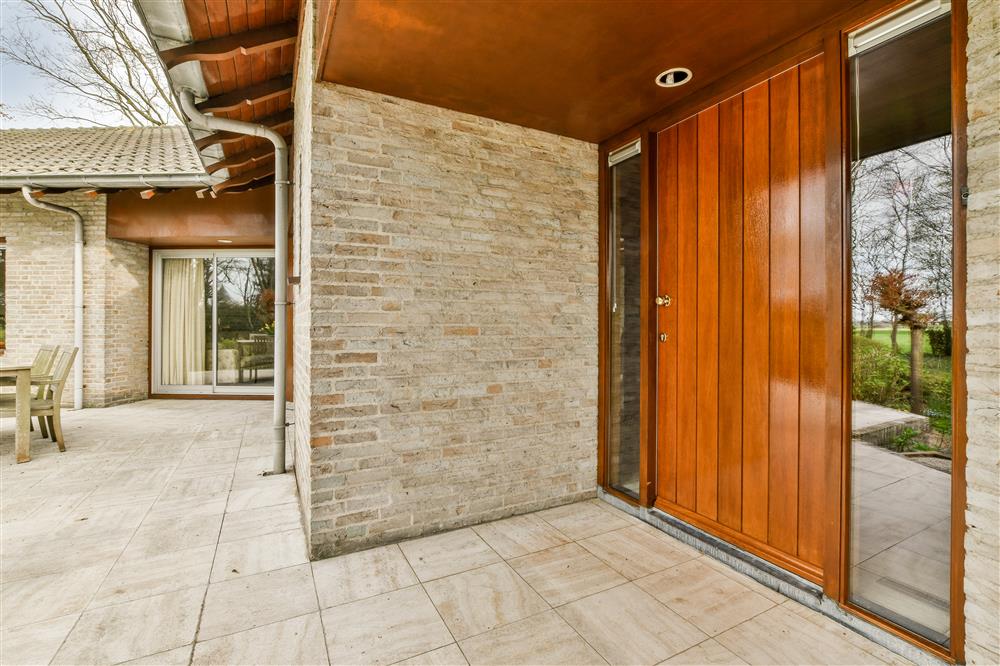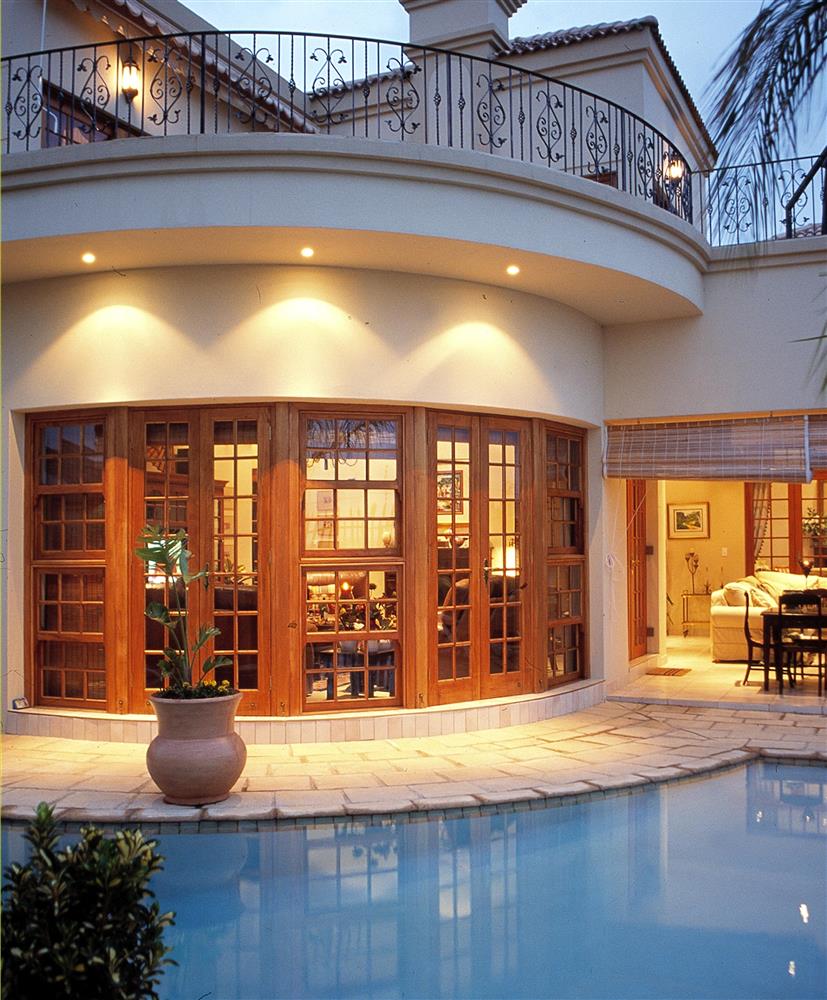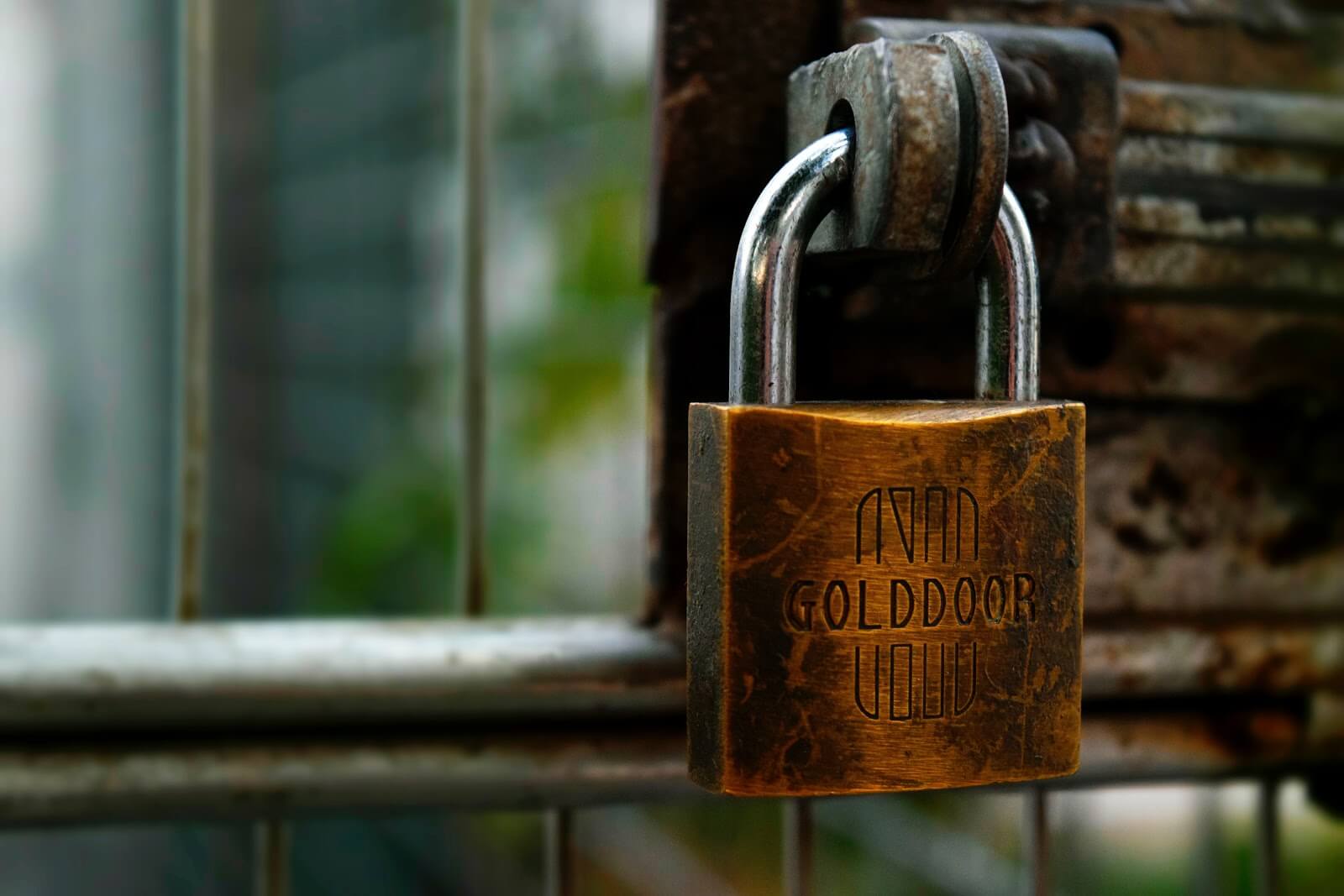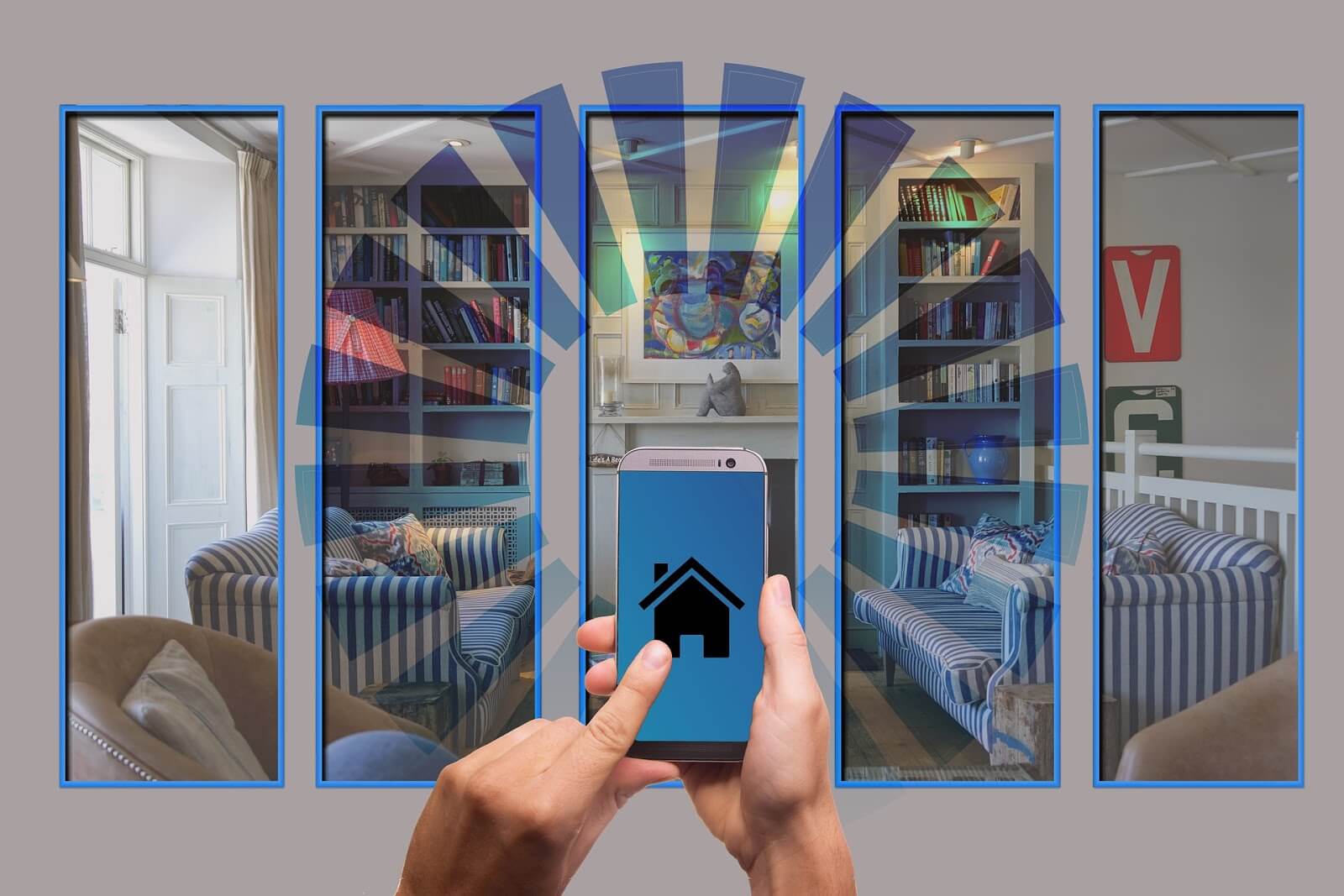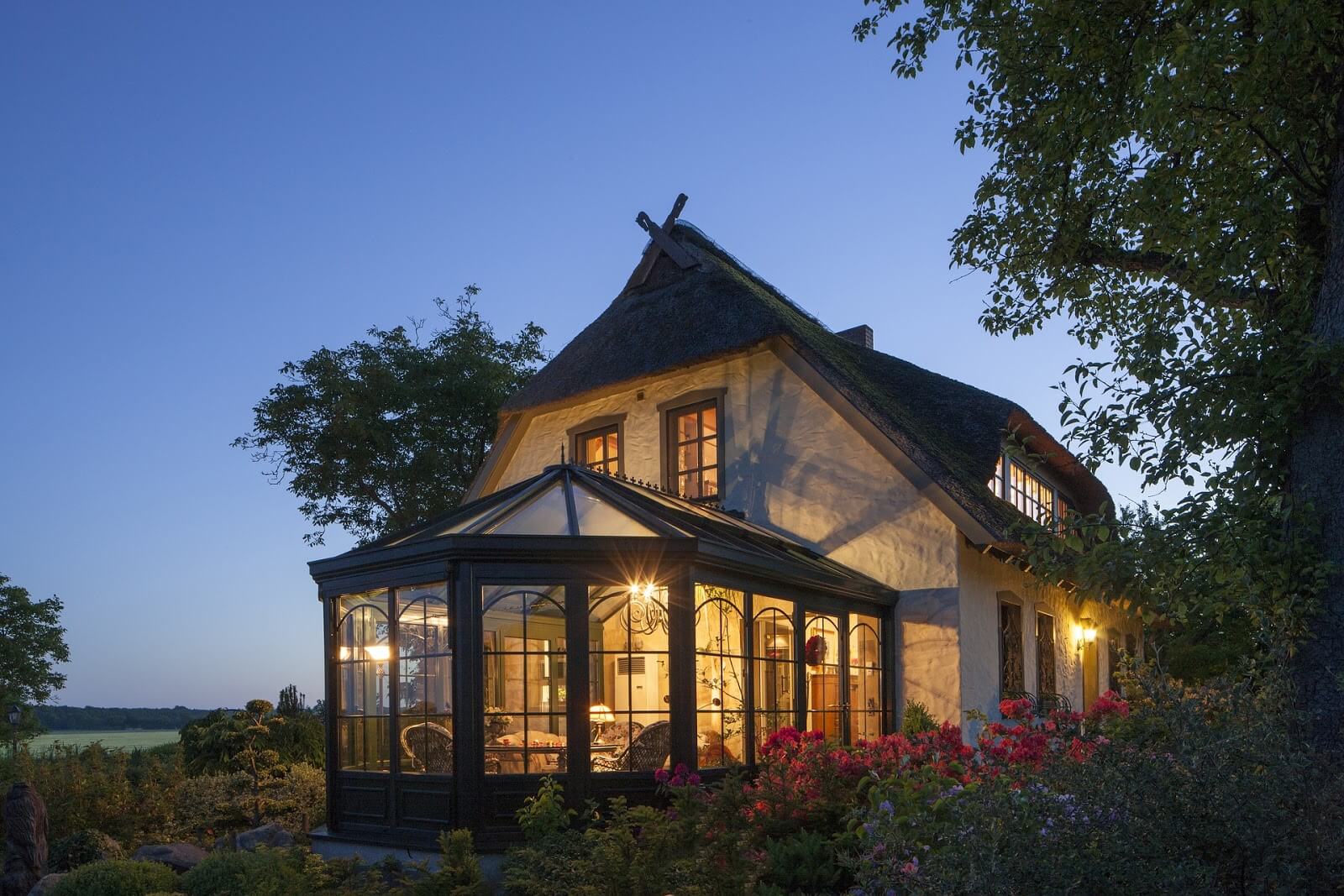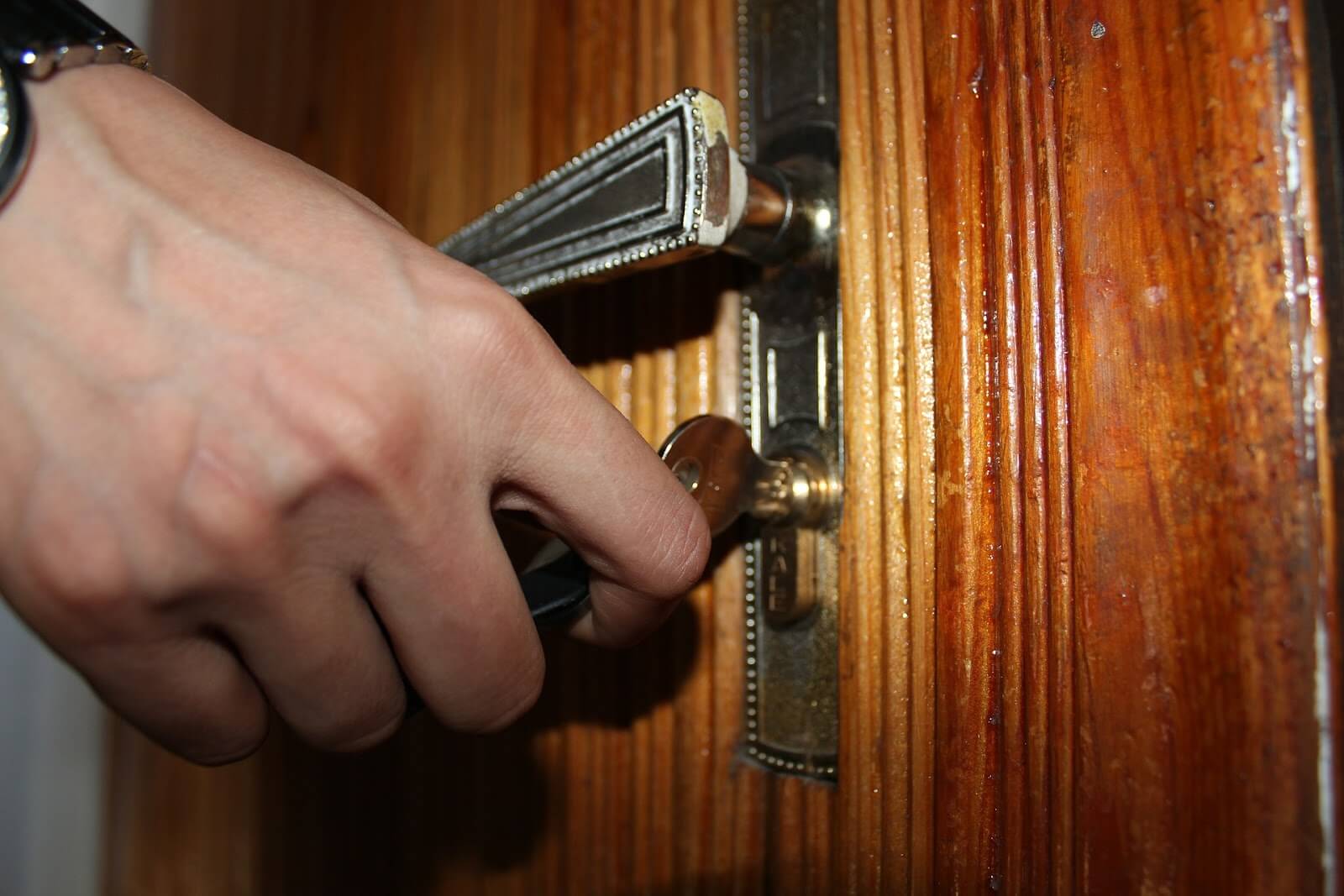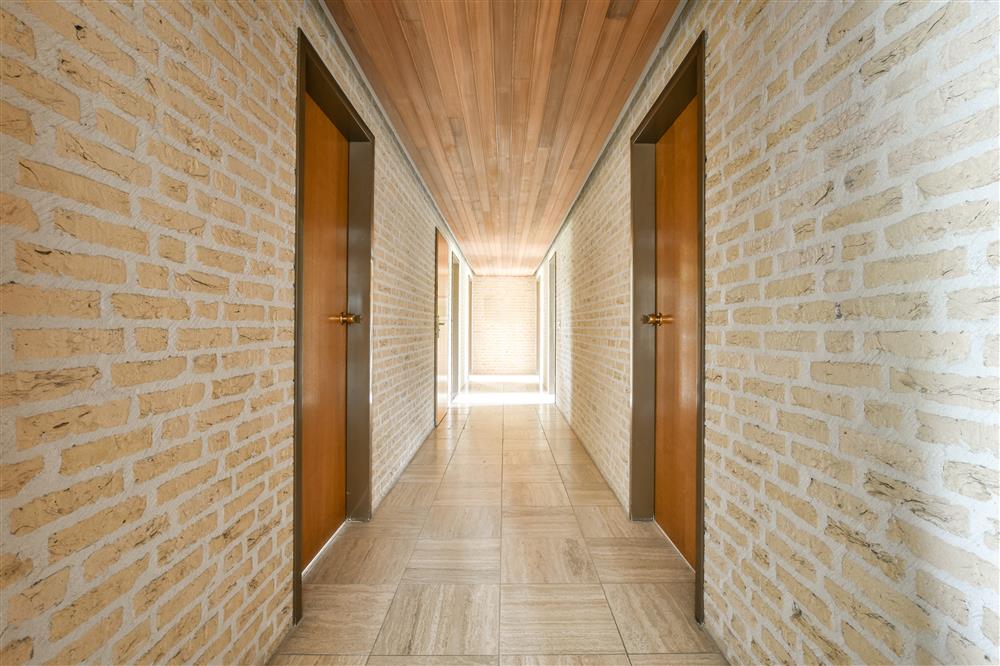
Deciding on what style of door to use throughout your home can be daunting, and truthfully, the wrong choice can affect the overall look and feel of your interior. Should they match your floors? Should they match nearby cabinets? Is it acceptable to use different styles of handles?
In this comprehensive guide, we’ll look at a few important aspects to keep in mind when making your choice.
Should Interior Doors Match Your Flooring?
The decision on whether interior doors should match the flooring is ultimately a matter of personal preference and style. It is not necessary for these elements to match exactly, but they should harmoniously coexist in your space.
But here are a few things to keep in mind:
- Style: The style of your interior doors doesn't need to match your flooring exactly but should complement it. This could mean a sleek, modern door style with contemporary tiles, or a rustic wooden door with traditional hardwood flooring.
- Colour / Tone: Again, your door and floor don't need to match in colour or tone, but they should harmonize. A deep, dark wood door might contrast beautifully with light wood or laminate flooring, or a white door could provide a crisp, fresh contrast to darker tones.
- Material / Finish: While not essential, matching the material or finish of your doors and flooring can create a cohesive look. For example, matte doors could pair well with matte finished floors, or polished wood doors might complement similarly polished wooden floors.
Should All the Doors in Your House Match?
Uniform doors can create a harmonious aesthetic, especially in open-concept designs. However, different doors serve various purposes and have various privacy requirements. The front door should prioritize solidity and privacy, while the back door can incorporate glass for natural light.
Maintaining a cohesive look between interior and exterior doors is desirable, but consider differentiating room doors based on functions like walk-in cupboards or pantries. This adds visual interest and practicality to your design scheme. Ultimately, the decision on door uniformity depends on personal preference and the style of your home.
Should Doors and Trim Be the Same Colour?
When it comes to doors and trim, traditional design rules often suggest matching them for a harmonious and cohesive look. This is particularly common in more formal or traditionally styled homes.
However, contemporary design trends have seen a shift towards contrasting colours for doors and trim. A bold black door paired with crisp white trim, for instance, can create an eye-catching contrast that adds a modern touch to your space.
In essence, the choice between matching or contrasting doors and trim should be guided by your personal taste and the overall style of your home. Don’t be afraid to experiment and think outside the box!
Should Door Handles Match Throughout the House?
Door handles may seem small, but they have the potential to greatly impact the overall appearance of your interior spaces. Many homeowners prefer a consistent approach, opting for the same door handles throughout their house to achieve a unified and cohesive aesthetic. However, here are some considerations to ponder when selecting your interior handles:
- External vs. Internal: Introducing a subtle variation in your interior door handles compared to your front or back door can add an intriguing element of visual interest.
- Function: Keep the door's function in mind when choosing handles. Entry and exit doors require enhanced security and may necessitate a sturdier handle and lock system, while interior doors prioritize aesthetics over high-level security. For pantry or cupboard doors, a matching knob-style handle can be an appealing choice.
- Design and Finish: While maintaining a consistent finish is generally recommended, it's essential to strike a balance. Avoid straying too far from one style and material, as this can yield the most pleasing results in terms of overall design cohesion.
By considering these factors, you can make informed decisions about door handles that enhance the visual appeal and functionality of your interior spaces.
Conclusion
In conclusion, when it comes to coordinating elements like doors, floors, trim, and handles, there are no hard and fast rules—only guidelines and ideas to spark your creativity. Your home is your canvas, and you are the artist. Whether you prefer a uniform, harmonious look or love to mix and match, the ultimate goal should always be to create a space that reflects your personality, taste, and lifestyle. Enjoy the process, and don’t forget to have fun along the way.
View our full range of interior doors today!

